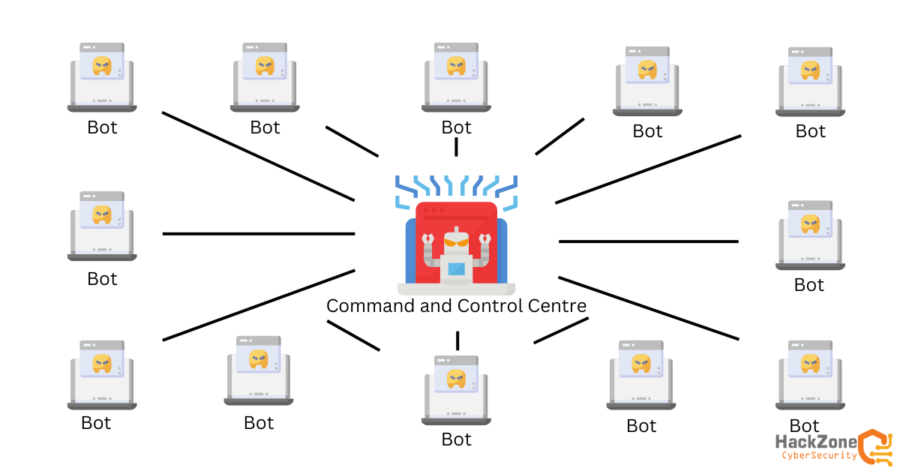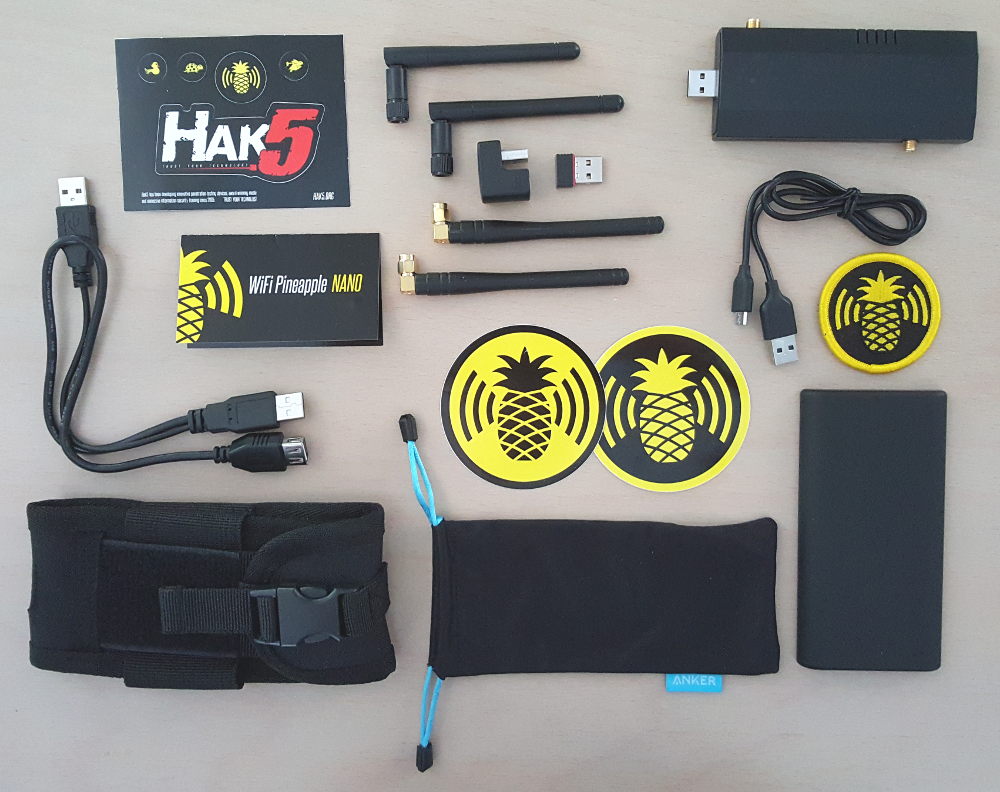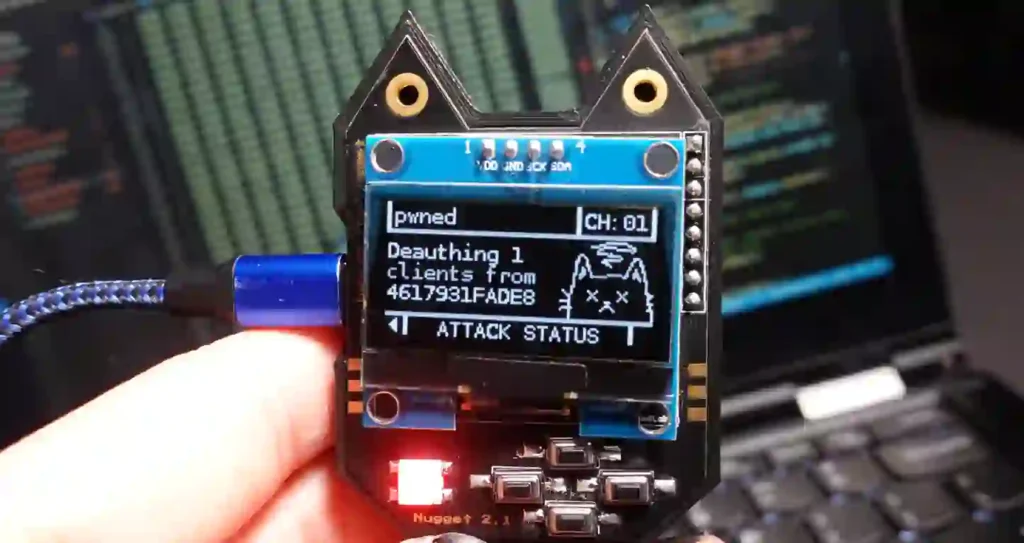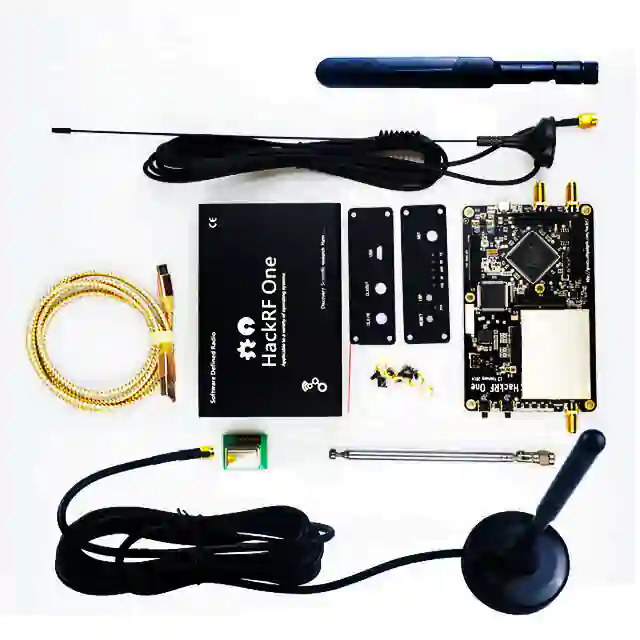The BPO sector is currently under attack by a cybercrime group known as Muddled Libra, which employs sophisticated social engineering tactics to gain unauthorized access. These persistent attacks have raised concerns within the cybersecurity community.
Palo Alto Networks Unit 42, in a technical report, revealed that the emergence of the 0ktapus phishing kit in late 2022 introduced a new attack style associated with Muddled Libra. The kit provided a ready-made hosting framework and bundled templates, leading to its widespread adoption. The name “Libra” is used by the cybersecurity company to designate cybercrime groups, while the term “muddled” reflects the uncertainty surrounding the utilization of the 0ktapus framework.
The 0ktapus framework, also referred to as Scatter Swine, was initially discovered in August 2022 in connection with smishing attacks on numerous organizations, including Twilio and Cloudflare. CrowdStrike later disclosed a series of cyber assaults targeting telecom and BPO companies since June 2022. These attacks involved a combination of credential phishing and SIM swapping, and the cluster responsible for them is tracked under different names, such as Roasted 0ktapus, Scattered Spider, and UNC3944.
Kristopher Russo, a senior threat researcher, explained that Muddled Libra was named due to the perplexing landscape surrounding the 0ktapus phishing kit. He noted that while many threat actors have incorporated the kit into their arsenal, merely using it does not classify them as part of Muddled Libra, according to Unit 42’s classification.
The attacks initiated by this e-crime group employ smishing and the 0ktapus phishing kit to gain initial access. They typically culminate in data theft and the establishment of long-term persistence. Another notable characteristic is the group’s utilization of compromised infrastructure and stolen data to carry out subsequent attacks on the customers of their victims. In some instances, they even target the same victims repeatedly to replenish their dataset.
Unit 42, after investigating several Muddled Libra incidents from June 2022 to early 2023, described the group as relentless, methodical, and highly adaptable in their attack strategies. They swiftly adjust their tactics when faced with obstacles. Alongside using a variety of legitimate remote management tools to maintain persistent access, Muddled Libra tamper with endpoint security solutions to evade detection. They also exploit the fatigue caused by multi-factor authentication (MFA) notifications to steal credentials.
Furthermore, the threat actors have been observed gathering lists of employees, their job roles, and cellular phone numbers to execute smishing and prompt bombing attacks. If this approach fails, Muddled Libra actors resort to contacting the organization’s help desk, pretending to be the victims, in order to enroll a new MFA device under their control.
The researchers emphasized the notable success of Muddled Libra’s social engineering tactics. They have demonstrated a remarkable level of confidence when interacting with help desk personnel and other employees over the phone, successfully persuading them to engage in unsafe actions.
The attacks also involve the use of credential-stealing tools like Mimikatz and Raccoon Stealer to escalate privileges. Additionally, various scanners are employed for network discovery, enabling the extraction of data from platforms such as Confluence, Jira, Git, Elastic, Microsoft 365, and internal messaging systems.
Unit 42 speculated that the creators of the 0ktapus phishing kit do not possess the same advanced capabilities as Muddled Libra, and despite some similarities in their tradecraft, there is no definitive connection between the actor and UNC3944.













